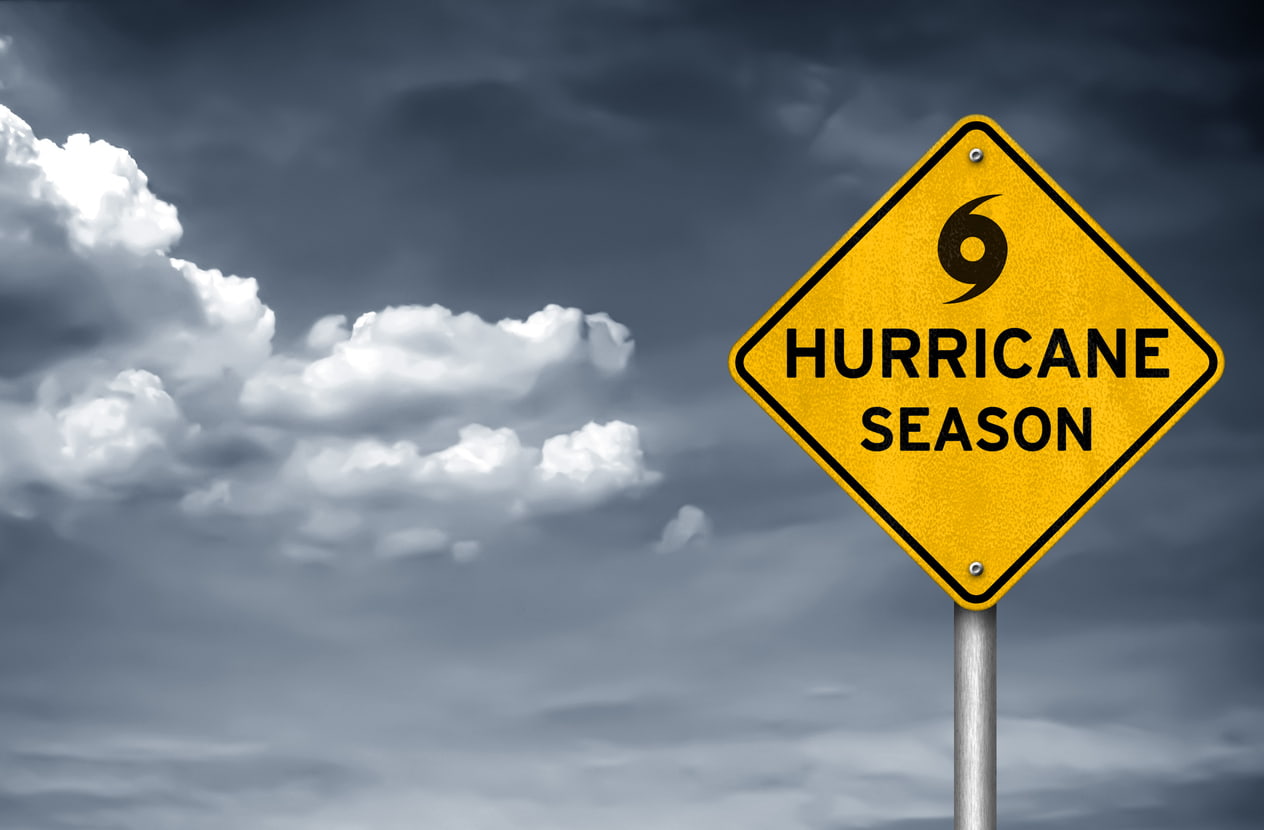
In a world of increasing climate unpredictability and more frequent extreme weather events, companies are confronted with a vital question: How can you keep your business communications running smoothly during storm season?
As the hurricane and severe weather season approaches, you must strengthen your communication infrastructure to maintain business continuity. This article will explore the challenges organizations typically encounter during storm season and present a solution to help you withstand potentially catastrophic disruptions.
The Growing Impact of Extreme Weather on Businesses
The impact of extreme weather events on businesses has intensified, presenting unprecedented challenges. As unpredictable and severe weather becomes the norm, enterprises face the pressing question of how to maintain operations amidst the chaos.
With devastating tornadoes, flooding, and snowstorms becoming more frequent, the risk of disruption is higher than ever. For instance, Hurricane Harvey’s aftermath in 2017 led to substantial revenue losses for around 90% of affected businesses, underscoring the tangible financial toll of such events.
Moreover, intangible costs, including brand equity, customer trust, and employee productivity, can have lasting repercussions. The need to develop robust business continuity plans cannot be overstated in this evolving landscape.
Common Communication and Connectivity Challenges During Severe Weather
In the face of extreme weather events, businesses encounter various communication and connectivity challenges that can severely impact their operations. These challenges arise from disrupting traditional communication channels and the strain on existing connectivity infrastructure.
When severe weather strikes, maintaining seamless communication becomes daunting. Power outages, damaged communication lines, and overloaded cellular networks can render conventional communication methods ineffective precisely when they’re needed most.
Let’s delve deeper into four specific hurdles businesses can encounter during storm season.
Get a Disaster Recovery Communication Plan Checklist for your business
1. Disrupted Network Infrastructure
Storms often lead to physical damage, knocking down power lines and communication infrastructure. As a result, businesses lose their primary means of communication, hindering coordination, decision-making and basic safety measures.
When communication lifelines are severed, the ability to disseminate critical information swiftly becomes compromised, jeopardizing business operations and the well-being of employees. Clear communication is essential for implementing emergency protocols, ensuring employee safety and responding effectively to the crisis at hand.
The implications of this disruption extend beyond mere inconvenience, underscoring the urgency for businesses to fortify their communication strategies to weather the storm.
2. Strain on Cellular Networks
During extreme weather events, the demand for cellular network usage surges due to increased communication needs. This surge can lead to network congestion, dropped calls, and slow data speeds.
Businesses relying solely on cellular communication might struggle to connect with clients, employees, and stakeholders, hampering their ability to make crucial decisions and keep everyone informed.
3. Inadequate Business Continuity Plans
Have you overlooked the importance of robust business continuity plans to help manage communication disruptions? Without a well-defined strategy, your business might be scrambling to establish alternative communication channels when disaster strikes.
Lack of preparation could mean extended downtime and miscommunication, leading to lost opportunities and revenue.
4. Remote Work Challenges
The rise of remote work has added another layer of complexity to storm-related communication challenges. Ensuring consistent and reliable connectivity becomes even more critical with employees scattered across various locations.
Remote workers might struggle with limited internet access or unstable connections during extreme weather, affecting their ability to collaborate and contribute. This breakdown can also impact customer interactions, eroding trust and affecting brand loyalty.
SuperGIG: Your Solution for Uninterrupted Business Communication
Amidst these challenges, SuperGIG’s enterprise satellite internet solutions emerge as a beacon of reliable communication. When traditional terrestrial networks fail, satellite technology remains resilient.
With SuperGIG, businesses can access broadband data connectivity services that transcend geographic limitations. You’ll have access to all cellular networks blended with satellite to provide high reliability and unmatched performance. Employees can maintain seamless communication even in isolated or obstructed areas, ensuring continuous operations in severe weather conditions.
Moreover, SuperGIG’s mobile and secure satellite connectivity ensures that your workforce remains connected on the move, allowing for uninterrupted communication regardless of location. With 24/7 global technical support, you can rest assured that any connectivity issues will be promptly addressed.
In a world where weather disruptions are becoming increasingly frequent, SuperGIG’s enterprise satellite internet solutions offer a lifeline for businesses. By embracing satellite technology, your organization can overcome the communication and connectivity challenges posed by extreme weather events, safeguarding your operations, reputation, and the bottom line.